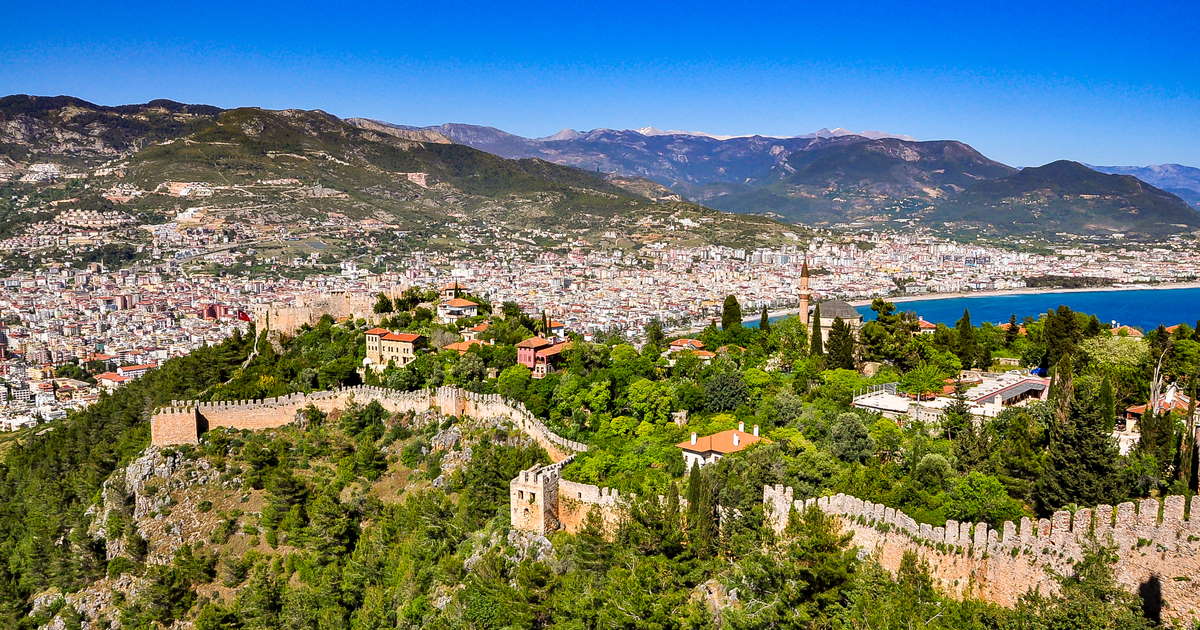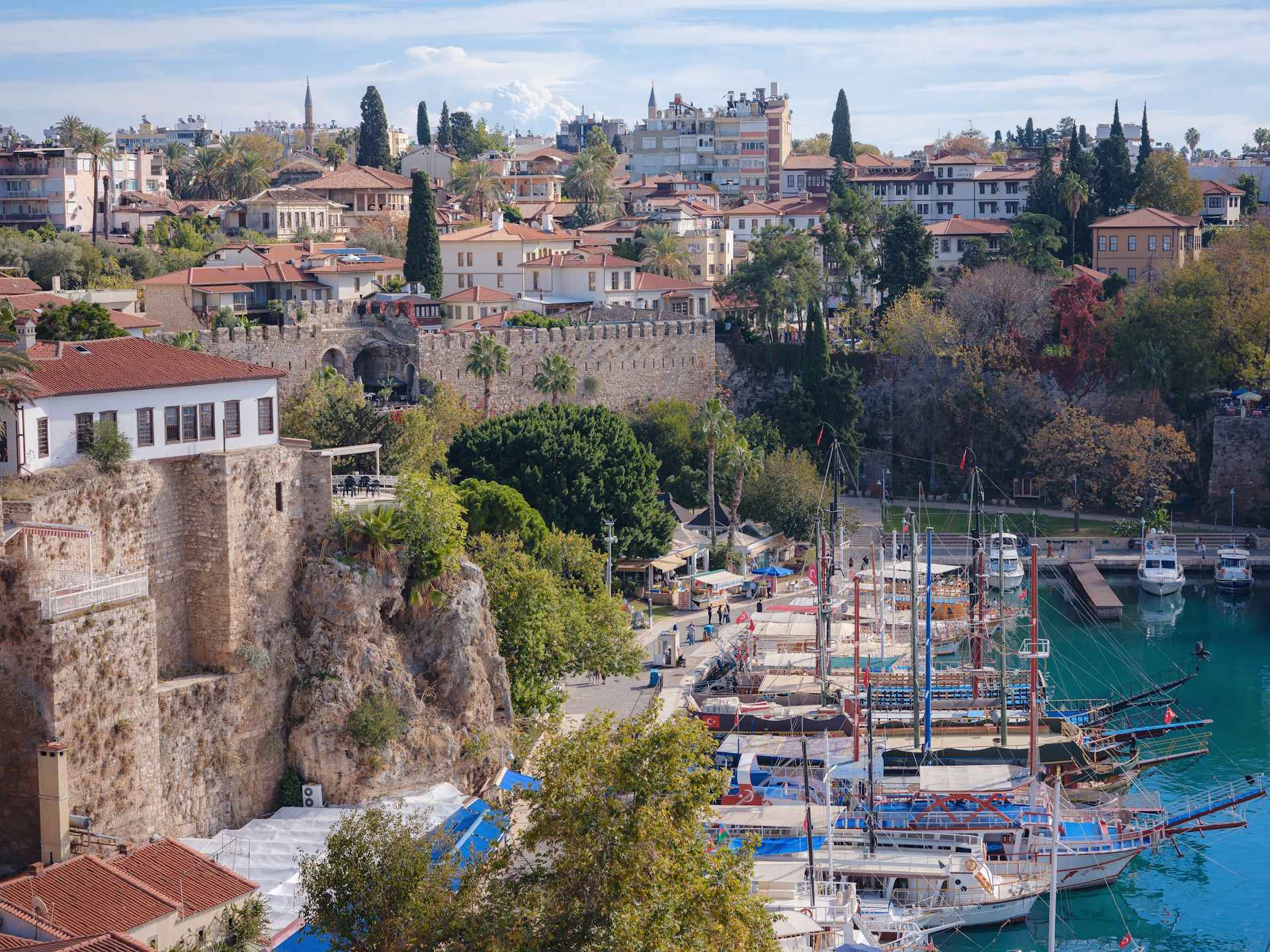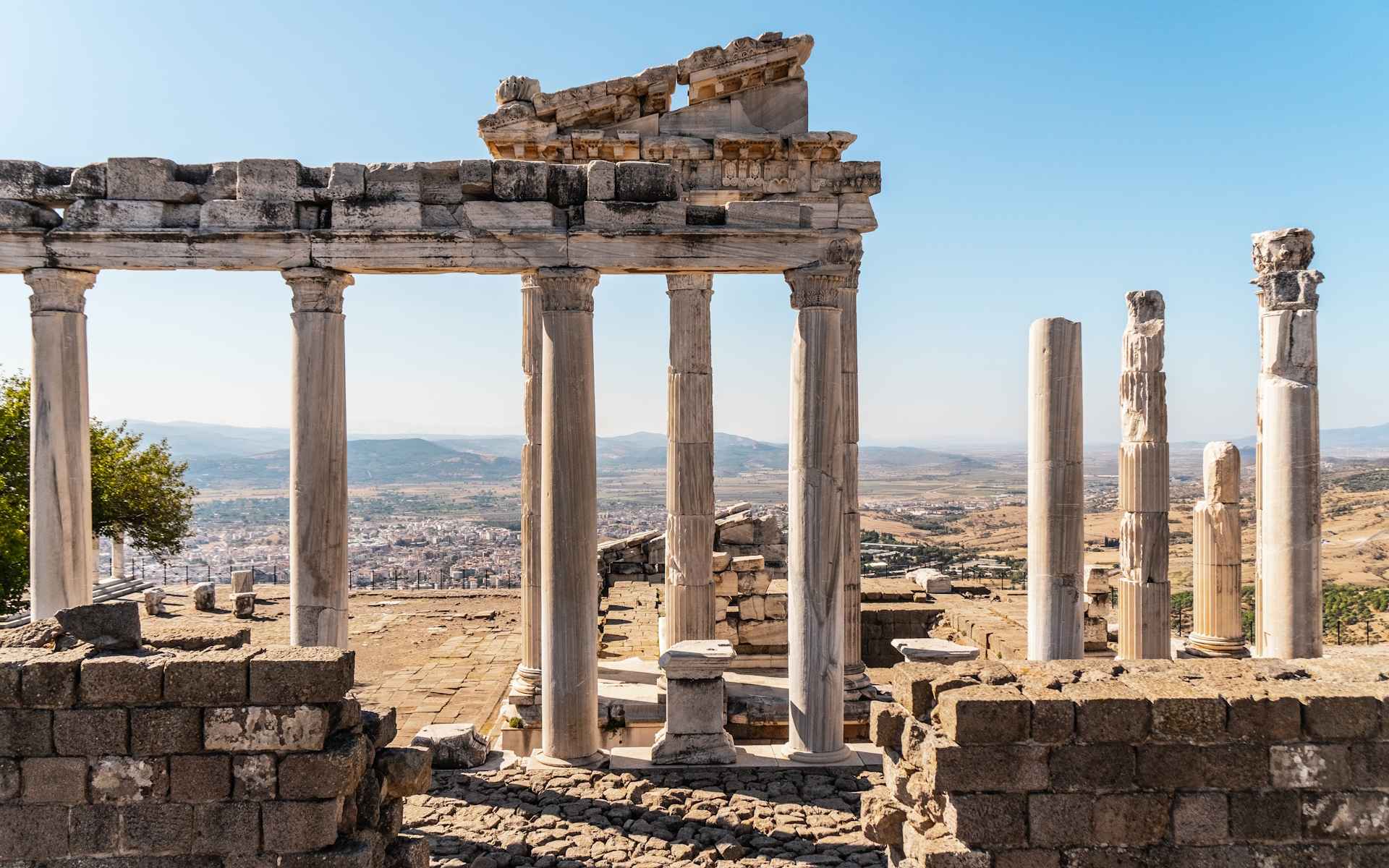Topkapi Palace
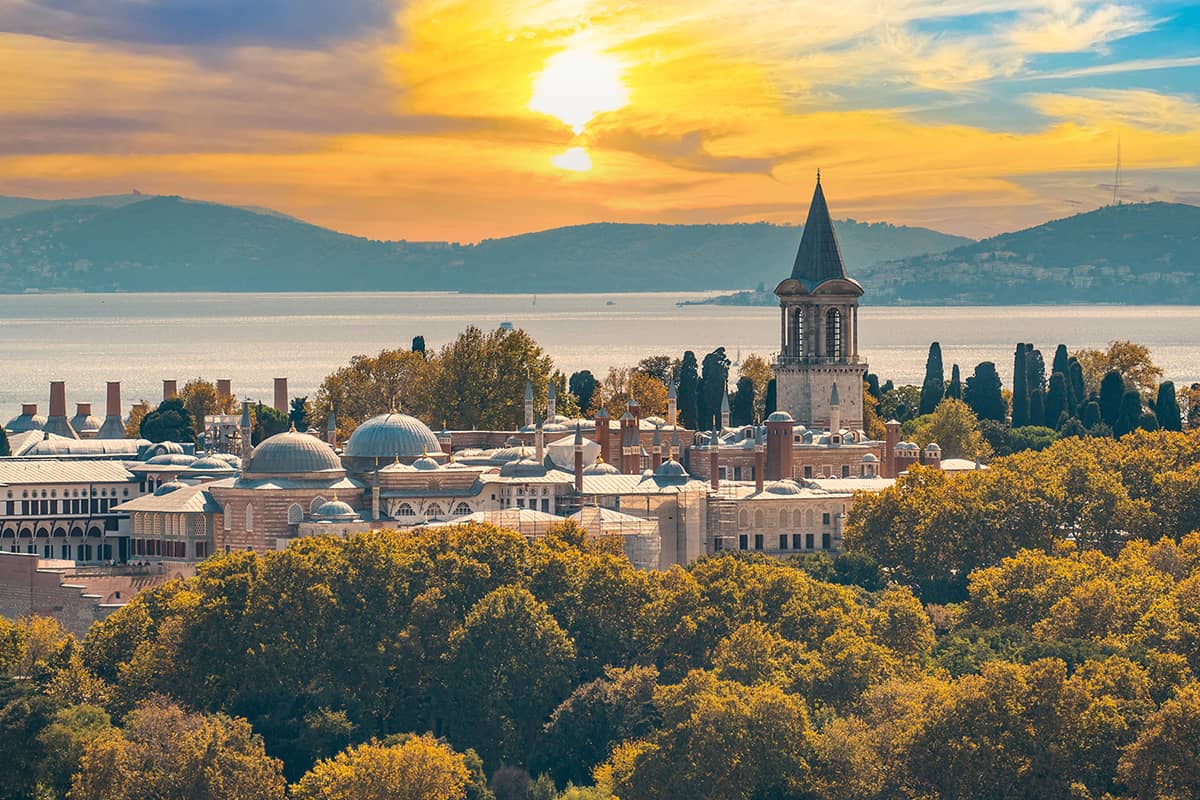
Topkapi Palace, located in Istanbul, Turkey, is a historical and architectural masterpiece that served as the primary residence of Ottoman sultans for over 400 years, from the mid-15th to the mid-19th century. Commissioned by Sultan Mehmed II shortly after the Ottoman conquest of Constantinople in 1453, the palace stands on a hill that overlooks the Golden Horn, the Bosphorus, and the Sea of Marmara, providing breathtaking views of Istanbul’s skyline. This remarkable location not only enhances the palace’s aesthetic appeal but also reflects its strategic importance in the heart of the Ottoman Empire.
The Structure of the Palace Complex
The palace complex consists of four main courtyards, each serving distinct functions and showcasing a variety of architectural styles and decorative elements. The design of Topkapi Palace reflects the hierarchical structure of the Ottoman Empire, where different areas of the palace were designated for various purposes, including administration, leisure, and residence.
The first courtyard, known as the Imperial Gate, serves as the main entrance to the palace. This courtyard includes several administrative buildings, such as the Imperial Treasury, where the sultans’ wealth and precious artifacts were stored. Visitors are often captivated by the intricate designs and the historical significance of the structures within this courtyard, which set the tone for the grandeur that lies beyond.
The second courtyard houses the palace’s administrative and judicial functions, including the Divan, the council chamber where state affairs were discussed. This area reflects the political power of the sultans, showcasing the formal processes of governance that defined the Ottoman Empire. Here, the rich history of the sultans’ rule comes to life, allowing visitors to imagine the discussions that shaped the fate of nations.
The third courtyard, often referred to as the Harem, was the private quarters of the sultan and his family. This area features luxurious rooms adorned with beautiful gardens, showcasing the intimate and lavish lifestyle of the Ottoman elite. The Harem is particularly intriguing, as it offers insights into the personal lives of the sultans and their families, highlighting the social customs and practices of the time.
The fourth courtyard, known as the Sultan’s Gardens, includes the palace’s library, a mosque, and the sultan’s private quarters. This serene space is characterized by its lush greenery and tranquil atmosphere, providing a stark contrast to the busy life of the palace. The gardens serve as a reminder of the natural beauty that the sultans cherished, and the intricate design of the buildings reflects the artistic prowess of the period.
A Treasure Trove of Artifacts
Topkapi Palace is renowned for its rich collection of artifacts that illustrate the opulence and artistry of the Ottoman Empire. Among its most famous treasures are the Topkapi Dagger and the Spoonmaker’s Diamond, both of which exemplify the exquisite craftsmanship of the time. The palace also boasts an extensive collection of manuscripts, textiles, and ceramics, each piece telling a story of its own.
Topkapi Palace features stunning tilework, ornate ceilings, and intricate wooden screens that enhance its architectural beauty. These artistic elements reflect the cultural fusion that characterized the Ottoman Empire, where influences from various regions blended to create a unique aesthetic. As visitors explore the palace, they are often mesmerized by the intricate details that adorn its walls and ceilings, immersing them in the artistry of a bygone era.
Historical Significance and Modern-Day Role
Today, Topkapi Palace operates as a museum and is recognized as a UNESCO World Heritage Site. It attracts visitors from around the world who come to explore its historical significance, architectural beauty, and the fascinating glimpse it offers into the life of the Ottoman sultans. The palace serves not only as a reminder of the empire’s grandeur but also as a vital educational resource, allowing people to learn about the history and culture of the Ottoman Empire.
Visitors can take guided tours to fully appreciate the intricate details and historical context of each area within the palace. The museum showcases exhibitions that highlight various aspects of Ottoman life, including military achievements, daily routines, and cultural practices. This immersive experience enables guests to connect with history on a deeper level, fostering a greater understanding of the Ottoman legacy.
Conclusion: A Living Testament to Ottoman Heritage
Topkapi Palace stands as a living testament to the rich heritage of the Ottoman Empire. Its breathtaking architecture, vast collection of artifacts, and historical significance make it a must-visit destination for those interested in history and culture. As guests wander through its courtyards and halls, they are transported back in time, experiencing the grandeur and sophistication that defined an era.
Topkapi Palace not only represents the opulence of the sultans but also serves as a reminder of the cultural richness that flourished in Istanbul during the Ottoman period. Topkapi Palace continues to inspire and captivate, ensuring that the legacy of the Ottoman Empire remains alive for generations to come. Whether one is an avid historian, an architecture enthusiast, or a curious traveler, Topkapi Palace offers an unforgettable experience that resonates long after the visit has ended.
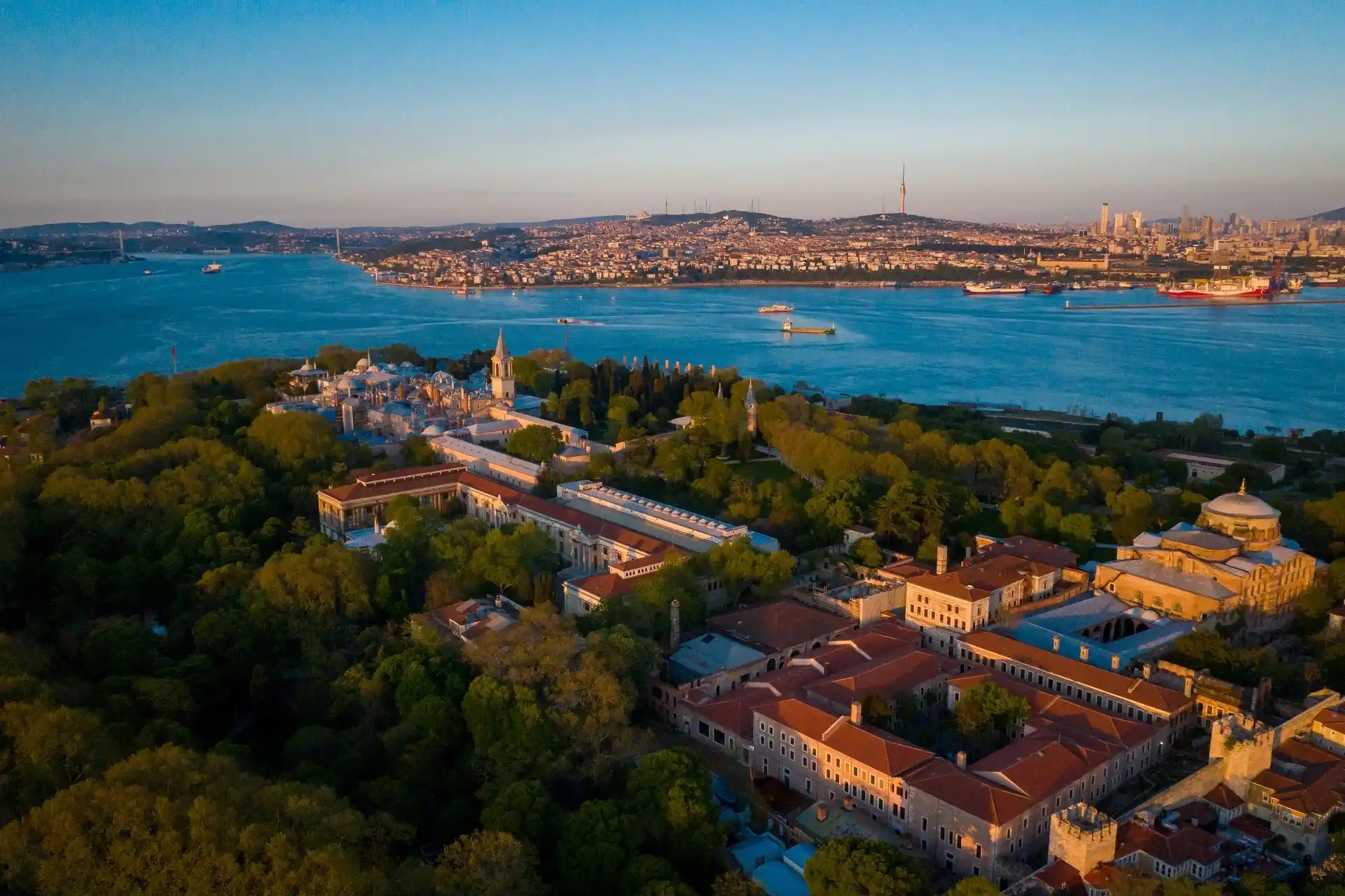
WHAT WE DO
Experience the
Elegance of Turkey
Explore Turkey’s Finest Investment Opportunities with Glowing Elegance.
At Glowing Elegance, we offer exclusive investment tours that immerse you in the charm and potential of Turkey. Our mission is to provide an exceptional experience by showcasing the country’s rich cultural heritage and promising investment opportunities.
